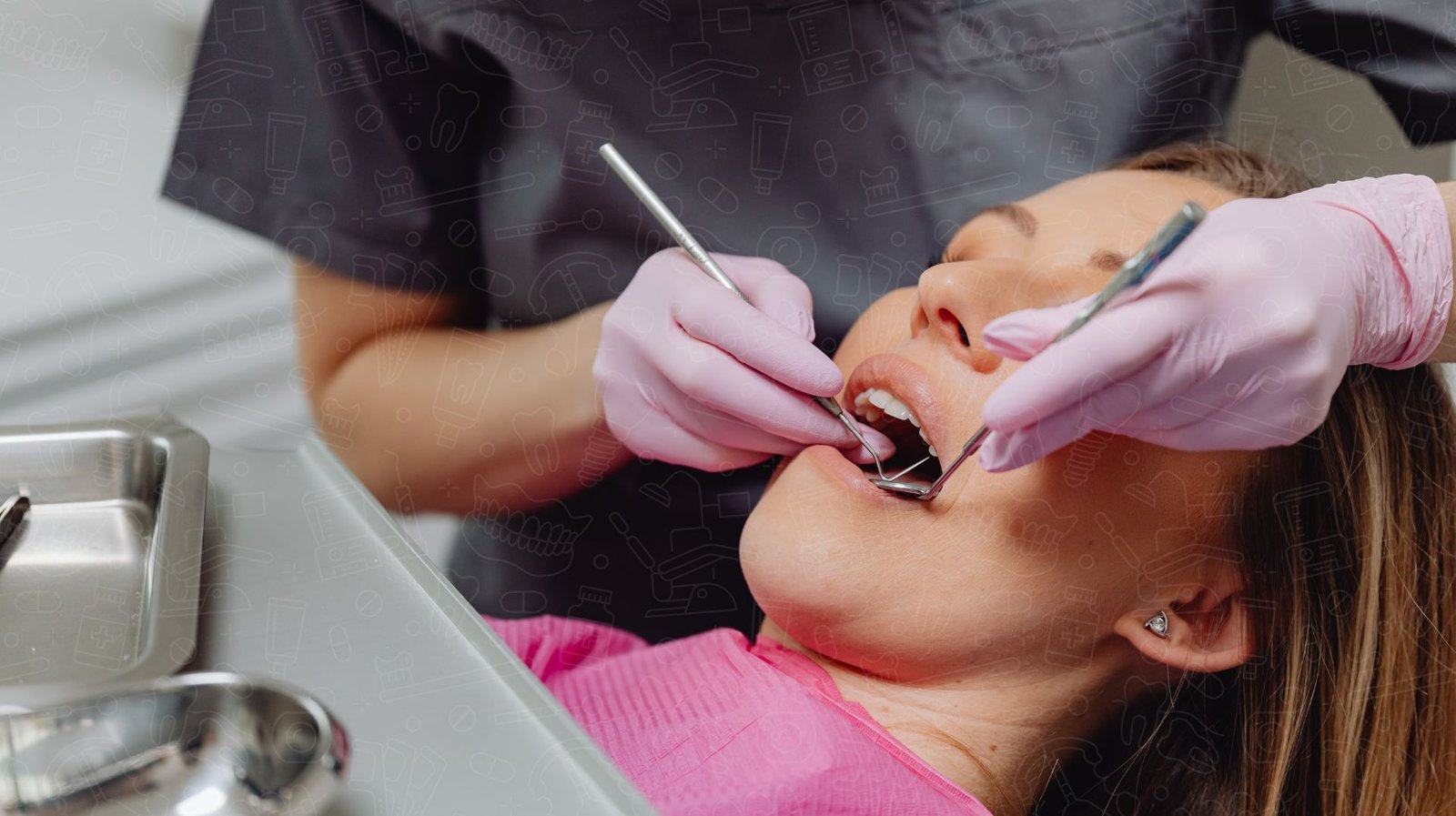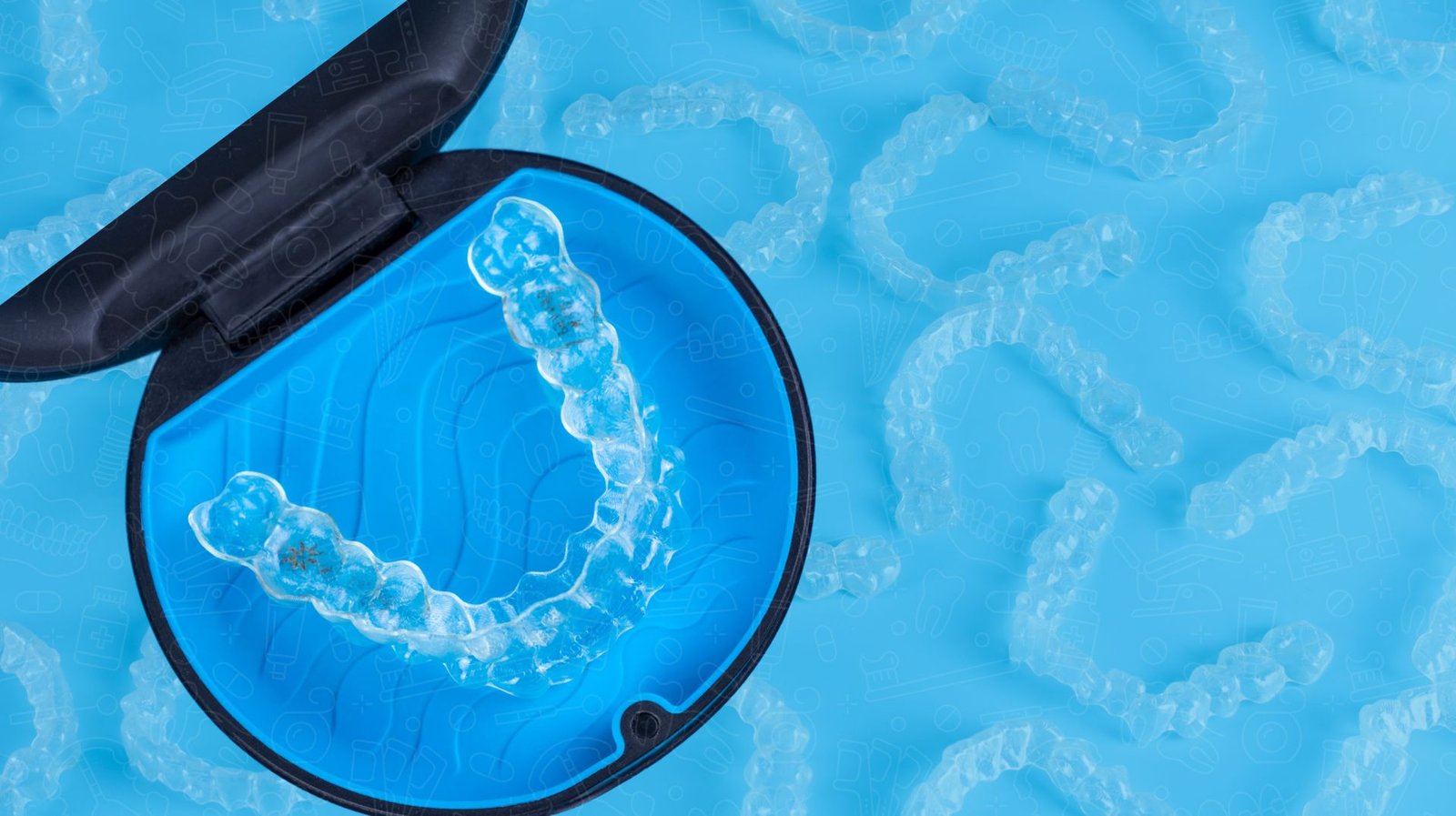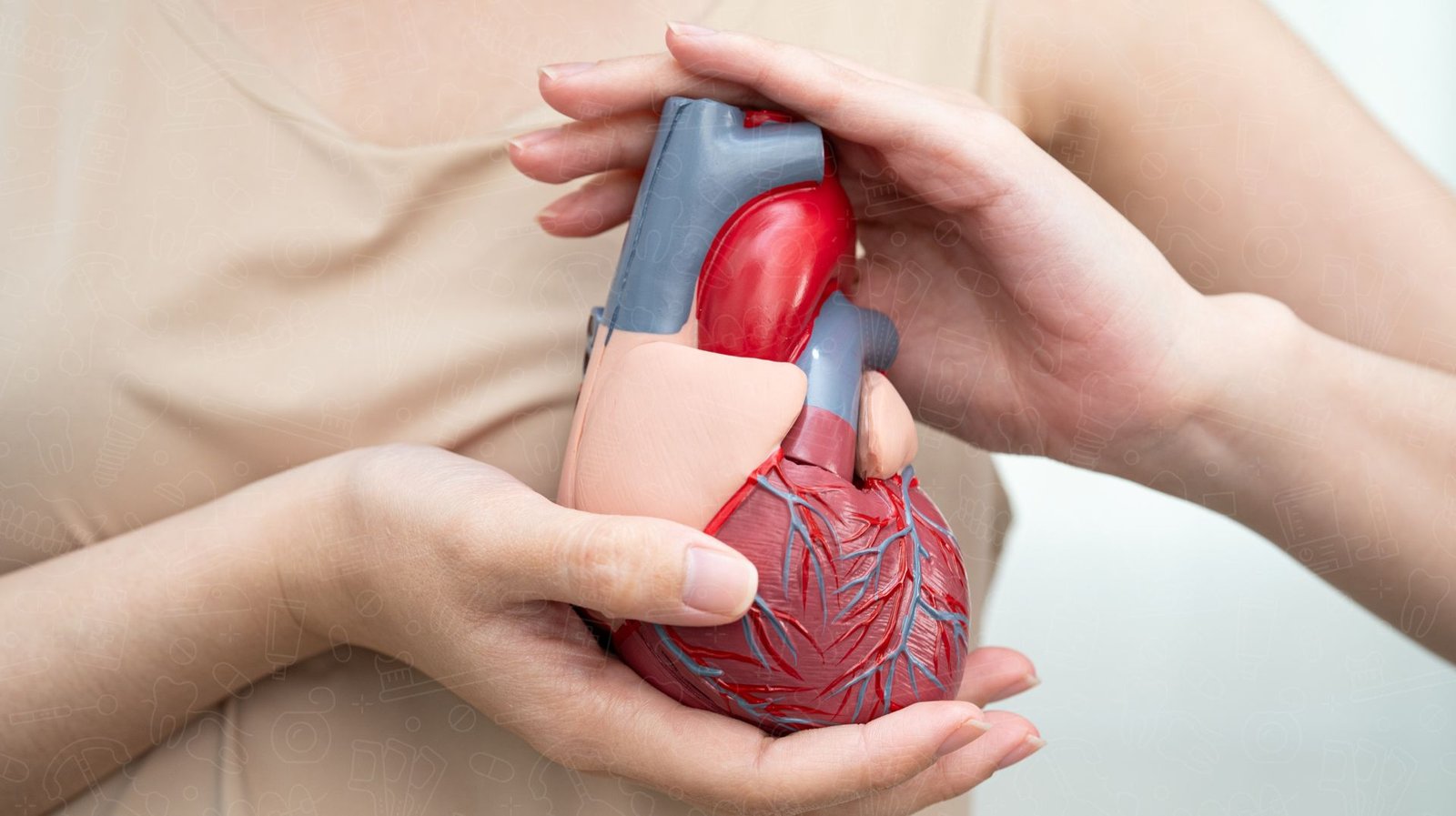I. Introduction to Different Types of Dental Crowns
Overview of Dental Crowns and Their Purpose
Dental crowns are custom-made caps placed over teeth to restore their shape, size, strength, and appearance. These crowns protect damaged teeth, enhance their aesthetic appeal, and provide durability for long-term oral health. They are commonly used for various purposes, including restoring teeth that are weakened by decay, protecting cracked teeth, covering large fillings, or improving the appearance of discolored teeth.
Importance of Choosing the Right Type of Dental Crown
Selecting the appropriate type of dental crown is essential to ensure functionality, longevity, and appearance. Different materials and types of crowns offer unique advantages, whether it’s natural aesthetics, strength for chewing, or compatibility with sensitive gums. Choosing the right crown depends on factors like the location of the tooth, the amount of natural tooth remaining, and personal preferences for aesthetics and budget.
Purpose of the Topic: Helping Readers Understand Different Types of Dental Crowns to Make an Informed Decision
This guide will explore the different types of dental crowns, examining their advantages, limitations, and best uses. By understanding these options, you can make a well-informed decision in consultation with your dentist to achieve the best possible outcome for your dental health.
II. Understanding Dental Crowns and Their Functions
What is a Dental Crown?
A dental crown is a tooth-shaped “cap” that is placed over a tooth to restore its shape, size, and strength or to improve its appearance. Crowns cover the entire visible portion of the tooth above the gum line, providing protection and support for the underlying structure.
Common Reasons for Getting a Crown
Dental crowns are used in a variety of situations, including:
- Restoring Damaged Teeth: Crowns protect and reinforce teeth weakened by decay or fracture.
- Cosmetic Enhancement: They improve the appearance of discolored, misshapen, or uneven teeth.
- Supporting Large Fillings: Crowns can hold together teeth that have undergone extensive restoration work.
- Completing Dental Implants: Crowns are often used to cap dental implants, providing a natural-looking tooth replacement.
How Dental Crowns Work
A dental crown acts as a protective cover for the tooth. It is typically bonded to the tooth with dental cement, securing it in place to restore the tooth’s appearance and function. Crowns are designed to replicate the natural contours and color of teeth, offering a seamless look and feel.
III. Different Types of Dental Crowns
1. All-Porcelain (Ceramic) Crowns
- Description and Composition: Made entirely of porcelain, these crowns are prized for their natural look and translucent qualities.
- Aesthetic Appeal and Natural Look: All-porcelain crowns closely mimic natural tooth enamel, making them ideal for front teeth.
- Common Uses and Best Fit for Visible Front Teeth: These crowns are often used in highly visible areas of the mouth due to their lifelike appearance.
2. Porcelain-Fused-to-Metal (PFM) Crowns
- Combination of Metal and Porcelain Layers: PFM crowns have a metal core covered with a porcelain layer, blending strength and aesthetics.
- Advantages in Strength and Aesthetic: The metal base provides durability, while the porcelain coating offers a natural look.
- Typical Uses and Limitations: PFM crowns work well for both front and back teeth but can sometimes show a dark line at the gumline due to the metal core.
3. Metal Crowns (Gold, Silver, and Other Alloys)
- Durability and Strength, Especially for Molars: Metal crowns are highly durable and can withstand heavy biting and chewing forces.
- Aesthetic Considerations (Visibility and Metallic Look): While strong, metal crowns are more visible and are usually recommended for less visible areas.
- Ideal Placement in Hard-to-See Areas: They are generally used for molars or teeth at the back of the mouth.
4. Zirconia Crowns
- High Durability and Metal-Free Composition: Zirconia crowns are metal-free but extremely strong, making them suitable for various dental needs.
- Resistant to Cracks and Chipping: They offer high fracture resistance, making them ideal for both front and back teeth.
- Benefits for Both Front and Back Teeth: Zirconia crowns are versatile, providing both aesthetic appeal and strength.
5. E-Max (Lithium Disilicate) Crowns
- Aesthetic Qualities and Strength: E-Max crowns are known for their natural-looking, translucent appearance and reliable strength.
- Best Uses for Front Teeth and Visible Areas: These crowns are commonly used in visible areas of the mouth, where aesthetics are a priority.
- Limitations and Ideal Situations for Use: Although strong, E-Max crowns may not be as durable as metal crowns for heavy chewing areas.
IV. Comparing Different Types of Dental Crowns
Aesthetic Appeal
- Which Types of Crowns Look Most Natural? All-porcelain, zirconia, and E-Max crowns offer the best aesthetics, closely matching the look of natural teeth.
- Considerations for Front vs. Back Teeth: All-porcelain and E-Max crowns are preferred for front teeth, while PFM and metal crowns are better for molars.
Strength and Durability
- Durability of Metal, Zirconia, and PFM Crowns: Metal crowns are the most durable, followed closely by zirconia, making them ideal for molars.
- How Different Materials Handle Chewing and Biting Forces: Zirconia and metal crowns are well-suited for heavy chewing, while all-porcelain crowns may be better for areas with less pressure.
Comfort and Fit
- Factors Affecting Crown Fit and Comfort: Crowns that are well-matched to the natural tooth’s contours, like zirconia and PFM, tend to fit comfortably and adapt well to the natural bite.
Biocompatibility and Sensitivity
- Metal-Free Options for People with Metal Sensitivities: All-porcelain, zirconia, and E-Max crowns are metal-free, reducing the risk of allergic reactions or sensitivities.
- Compatibility of Materials with Gums and Surrounding Teeth: Porcelain and zirconia are often preferred for patients with gum sensitivity.
Cost and Affordability
- Price Range for Each Type of Crown: Metal crowns tend to be the least expensive, while zirconia and E-Max are among the most costly.
- Insurance Coverage Considerations: Coverage varies by plan, with many insurers covering a portion of PFM or metal crowns but offering limited coverage for all-porcelain or E-Max crowns.
V. Pros and Cons of Each Type of Dental Crown
All-Porcelain (Ceramic) Crowns
- Advantages: Natural appearance, great for visible teeth.
- Disadvantages: Prone to chipping and may not be ideal for molars.
Porcelain-Fused-to-Metal (PFM) Crowns
- Advantages: Combines strength and a natural look.
- Disadvantages: Metal line at the gumline, can wear opposing teeth.
Metal Crowns
- Advantages: Very durable and long-lasting.
- Disadvantages: Metallic appearance, limited to back teeth.
Zirconia Crowns
- Advantages: High strength, aesthetic, metal-free.
- Disadvantages: Higher cost, challenging to adjust.
E-Max Crowns
- Advantages: Excellent aesthetics, strong for visible teeth.
- Disadvantages: More costly, less durable for heavy bite areas.
VI. Choosing the Right Dental Crown for Your Needs
Factors to Consider When Selecting a Crown
Consider tooth location, desired aesthetics, personal budget, and durability requirements.
Consulting with Your Dentist
Professional recommendations help ensure you choose the best crown for your specific dental and aesthetic needs.
Long-Term Goals for Dental Health
Think about durability versus aesthetics and how each option will impact your oral health in the future.
VII. Maintenance and Care for Different Types of Dental Crowns
Daily Oral Hygiene Practices
Brush and floss regularly, using a non-abrasive toothpaste for longevity.
Avoiding Damage to Crowns
Avoid biting hard foods, ice, or using teeth as tools to protect your crowns.
Routine visits help monitor the condition of your crowns and overall oral health.
Special Care for Porcelain and Zirconia Crowns
Handle porcelain crowns with care to prevent chipping; zirconia crowns generally require less maintenance.
VIII. Conclusion
Recap of the Different Types of Dental Crowns
Summarize the unique benefits and considerations of each crown type to aid in decision-making.
Encouragement to Consult with a Dentist for Personalized Advice
A dentist’s input is invaluable for selecting a crown tailored to your specific needs.
Final Thoughts on Choosing the Best Crown for Your Smile
Balancing aesthetics, functionality, and durability is key to long-term satisfaction with your dental crown choice.





